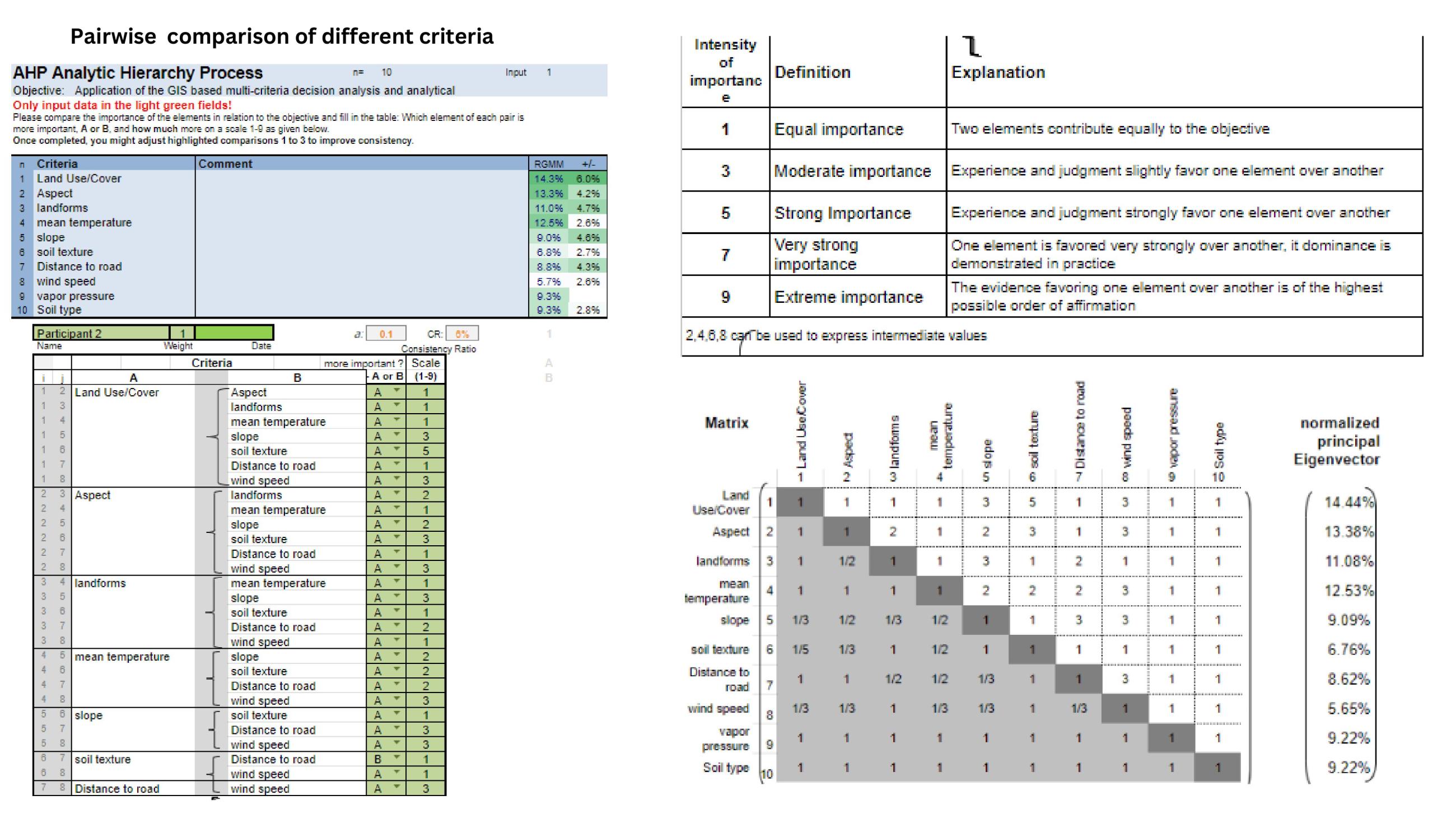Zulu Forest Sciences’ mission is to regenerate landscapes in the interest of nature, climate and people.
Our software platform accelerates the design and delivery of large-scale ecosystem regeneration. It combines multiple disciplines - ecology, forestry, land management and project finance - with high-resolution remote sensed and field data. This allows us to efficiently evaluate high-potential land and model the optimal land-use interventions. The platform subsequently predicts the ecological and financial outcomes of an ecosystem restoration project.
The platform analyses 16 hectares per second and operates reliably at multiple scales from the individual landholding to the catchment or whole landscape level. Our solution equips stakeholders with the actionable insights and financial incentives needed to for them to rapidly access the carbon markets and efficiently deploy their own restoration projects.
We aggregate these projects into landscape programmes, creating bankable opportunities for corporates seeking to source and finance value-oriented projects and secure significant carbon credit volumes to deliver on their climate pledges whilst maximising returns to communities and biodiversity.
Our multi-stakeholder platform provides transparent project and impact reporting data throughout the project lifetime, acting as a source of truth, and fosters stronger partnerships between landowners, local communities and NGOs, corporate and investors.
Zulu Forest Sciences’ ambition is to catalyse the regeneration of 1 million hectares of land in the service of climate, nature and people, and be directly responsible for naturally removing 1 gigaton of CO2 from the atmosphere, and deploying $7.5 billion of project financing into rural communities, by 2030.
"Renewable energy production is the biggest threat to conservation and restoration of natural habitat".
This statement, which was made by the president of a large land trust during a dinner that I attended last August at the Land Trust Alliance Rally in New Orleans, is the reason for this project.
The aim of the work with the students will be to answer the questions:
1) Where are the sites rich in biodiversity that at risk of being converted to solar farms?
2) What is the price to pay to protect a site rich in biodiversity from being converted into a solar farm?
3) What will be the long term value of such a site once restored and held by its owner as a natural capital asset?
Participants will use GIS, Forestry, Renewable Energy, Microeconomics and Social Sciences to create an expert system to provide answers the questions raised, building on the work done during the fall 2022 semester.
A significant use of data sciences, modelling and programming will be used (and learned!) by the team to achieve its objective.

